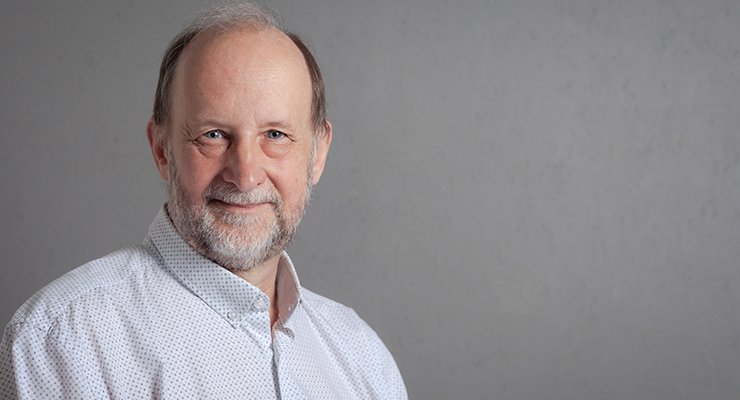Mocopée 3, “the InnEAUvation Project”

Launched in 2014, Mocopée, a programme involving more than twenty research teams and industrial partners, has thus far passed two phases. The third phase, running from 2023 to 2027, which is part of the InnEAUvation¹ project, has just begun.
The Mocopée programme, which stands for “Modelling, Control and Optimisation of Water Purification Processes”, was created in 2014 as a result of the joint efforts of Siaap, UTC and Irstea. What is the Programme’s aim? To create a permanent space for work and exchange between scientists — more than twenty teams are involved (university scientific bodies, national research centres) — operational players in the water sector and industrial partners involved in urban water treatment.
What has changed since phase one was launched? “The number of players has increased, the budget has increased — around two million euros a year in consolidated budget — and today we have around 80 researchers,” explains André Pauss. This makes it the largest public water treatment programme in Europe.
What’s special about Mocopée 3? “This phase is undergoing a significant change, as Mocopée 3 is part of a wider programme known as “innEAUvation”. Whereas Mocopée 1 and 2 were essentially research and development programmes, innEAUvation is based, in addition to Mocopée 3, on other pre-existing programmes and is intended to be more operational. It is a global approach, with the aim of moving towards industrial deployment. The results of some of the research carried out at the UTC are beginning to be tested on the Siaap water treatment site at Achères,” he explains. Today, Siaap is clearly positioning itself in favour of resource recovery. “As a water treatment operator, Siaap has changed its paradigm. We’re no longer just in the business of purifying water. Questions are emerging: what do we do with the water as a by-product of the plant? Should it be discharged into the river, used for irrigation, reinjected into the network or into the water table? How do we recover the nutrients — nitrogen, phosphorus and potassium — contained in the water discharged from the cleansing plants? In short, water is a collection of by-products that need to be recycled.
Wastewater treatment plants also produce energy, in particular biogas. The Achères plant is one of the biggest biogas producers in France. We’re moving away from the logic of treating water to complying with standards to the implementation of policies that, while respecting this objective, go further in the recovery of byproducts”, he stresses.




